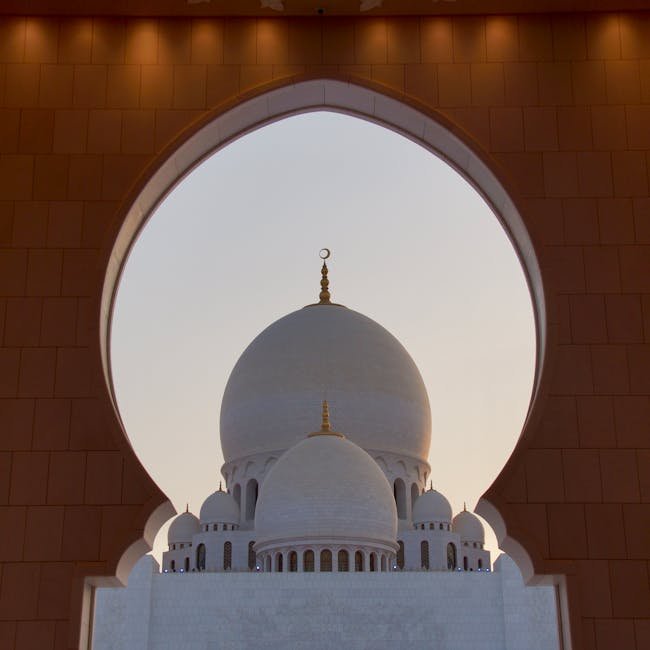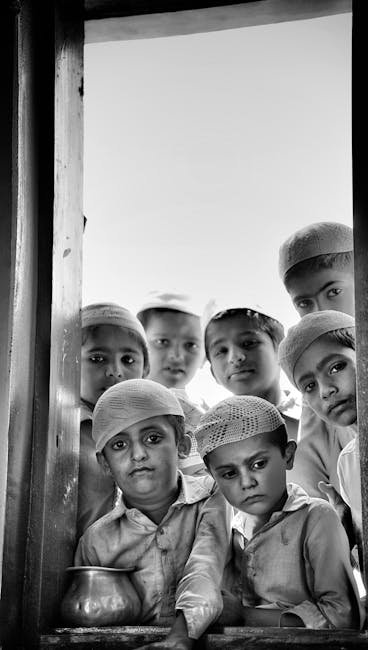Key Takeaways
- Arab and Pakistani refer to distinct geopolitical and cultural identities shaped by differing histories and regions.
- Arab nations are spread across North Africa and the Middle East, unified mainly by the Arabic language and shared cultural traits.
- Pakistan is a single South Asian country with a unique blend of linguistic, ethnic, and cultural influences.
- Religious practices, social structures, and traditional customs display notable variations between Arabs and Pakistanis.
- Migration patterns, cuisine, and artistic expressions further highlight the divergence between Arab and Pakistani societies.
What is Arab?

Table of Contents
Arab refers to people, nations, and cultures primarily connected by the Arabic language and located across the Middle East and North Africa. The term encompasses more than twenty countries with diverse landscapes and heritages.
Geographical Scope and Population
The Arab world covers a vast expanse from the Atlantic coast of Morocco to the Arabian Peninsula and the Levant. Countries such as Egypt, Saudi Arabia, Iraq, and Algeria are prominent members of this region.
Populations within Arab countries vary greatly, with Egypt having the largest, surpassing 100 million inhabitants. In contrast, smaller nations like Qatar or Bahrain have populations under three million.
Urban centers such as Cairo, Riyadh, and Casablanca are economic and cultural hubs with significant global influence. Rural areas in countries like Yemen or Sudan often maintain traditional lifestyles distinct from city living.
Some Arab countries border Asia, while others are firmly within Africa, adding to the region’s geographical diversity. This positioning has fostered a crossroads of trade, migration, and cultural exchange.
Linguistic and Ethnic Diversity
Arabic is the predominant language, but numerous dialects and minority languages are spoken across the region. Berber in Morocco and Algeria, Kurdish in Iraq and Syria, and Somali in Djibouti highlight this diversity.
Ethnic Arabs make up the majority, but significant non-Arab populations exist, such as the Copts in Egypt and the Assyrians in Iraq. These communities contribute to the complex social fabric of the region.
Arabic dialects can be mutually unintelligible, with Egyptian Arabic differing markedly from Levantine or Gulf varieties. This linguistic variation often reflects local histories and colonial legacies.
Many Arab countries have experienced waves of migration, further influencing their ethnic and linguistic compositions. The presence of large expatriate communities in Gulf states is particularly notable.
Cultural Practices and Traditions
Family structures in Arab societies tend to be extended and patriarchal, with strong emphasis on kinship and community ties. Celebrations such as Eid al-Fitr and weddings are major social events, often involving weeks of preparation.
Cuisine varies by region, but staples like couscous, hummus, and lamb dishes are common. Traditional music, such as the oud and dabke dance, continues to play a role in both urban and rural settings.
Dress codes are influenced by Islamic practices and local customs; for instance, the thobe in the Gulf and the djellaba in Morocco. In urban areas, Western attire is also common, especially among the youth.
Oral storytelling, poetry, and calligraphy are esteemed cultural expressions with deep historical roots. These art forms are showcased at festivals and in educational curricula throughout Arab countries.
Religious Landscape
Islam is the dominant religion, with Sunni and Shia sects present in varying proportions across the region. In countries like Lebanon and Egypt, Christian minorities remain significant contributors to national identity.
Religious practices often inform daily life, including dietary restrictions, prayer routines, and social norms. In Saudi Arabia, for instance, religious observance is particularly strict, influencing local laws and customs.
Annual pilgrimages, such as the Hajj to Mecca, draw millions of Muslims from across the world. Arab cities like Jerusalem and Najaf are also revered religious centers.
Secularism varies, with some nations adopting religious law as the foundation of governance, while others maintain more secular legal systems. This diversity shapes the political and societal dynamics across Arab countries.
Migration and Diaspora
The Arab world has experienced significant emigration over recent decades, driven by economic opportunity and political instability. Large Arab communities are found in Europe, North America, and Latin America.
Remittances from the diaspora play a crucial role in the economies of countries like Egypt and Lebanon. These financial flows support education, infrastructure, and family livelihoods back home.
Political upheavals, such as the Syrian civil war, have led to substantial refugee crises impacting neighboring countries and Europe. Host nations often adapt policies and services to accommodate these populations.
Arab expatriates maintain strong cultural ties through language schools, religious centers, and community organizations abroad. These institutions help preserve heritage and foster connections among second-generation immigrants.
What is Pakistani?

Pakistani refers to the citizens, culture, and identity associated with the Islamic Republic of Pakistan in South Asia. The country is defined by a unique blend of South Asian, Central Asian, and Middle Eastern influences.
Geographical Landscape and Demography
Pakistan is situated at the crossroads of South Asia, bordering India, Afghanistan, Iran, and China. Its diverse terrain ranges from the mountainous north, with peaks like K2, to the fertile plains of Punjab and the arid Balochistan plateau.
With a population exceeding 240 million, Pakistan is the world’s fifth most populous country. Urban centers such as Karachi, Lahore, and Islamabad are major economic and cultural hotspots.
The Indus River system supports agriculture and shapes settlement patterns across Sindh and Punjab. Coastal cities like Karachi facilitate trade and serve as major ports for the country.
Rural areas often retain traditional lifestyles, with agriculture and livestock forming the economic backbone. Rapid urbanization has led to the growth of large, multicultural cities that attract people from all provinces.
Linguistic and Ethnic Composition
Pakistan is home to numerous languages, including Urdu, Punjabi, Sindhi, Pashto, Balochi, and Saraiki. Urdu serves as the national language and symbol of unity, though only a minority speak it as their first language.
Ethnic groups such as Punjabis, Sindhis, Pashtuns, Balochs, and Muhajirs contribute to the nation’s diversity. Each group maintains distinct linguistic and cultural traditions, celebrated through festivals and customs.
The constitution recognizes several regional languages, and local media often broadcast in different tongues. This linguistic landscape fosters both cultural richness and challenges in national integration.
Migration within Pakistan, especially from rural to urban areas, has led to increased intermingling of ethnic communities. This blending has influenced music, cuisine, and popular culture in major cities.
Cultural Heritage and Social Values
Pakistani culture is characterized by strong family ties and respect for elders, with joint family systems still prevalent, especially in rural regions. Celebrations like Eid, Basant, and weddings are marked by elaborate rituals and gatherings.
Traditional dress varies by region, with shalwar kameez common nationwide and regional variations in color and embroidery. Handicrafts such as truck art, Ajrak, and Peshawari chappal are iconic aspects of Pakistani heritage.
Hospitality is a deeply embedded value, with guests often served special dishes and sweets. Storytelling, poetry recitations, and qawwali music are integral to social gatherings and public events.
Sports such as cricket and hockey enjoy widespread popularity, uniting people across linguistic and provincial boundaries. Pakistani cuisine, featuring biryani, nihari, and samosas, reflects a mix of indigenous and foreign influences.
Religious and Spiritual Life
Islam is the state religion, and the vast majority of Pakistanis are Sunni Muslims, with significant Shia, Ahmadiyya, and other minority communities. Religious observances, such as Ramadan and Muharram, shape the national calendar and public life.
Sufi shrines attract millions of devotees annually, blending spiritual practices